Achillea millefolium – Yarrow
€ 3,67 – € 22,94
- Botanically accurate
- Organic Certified *BIO*
- European Origin
- Without pesticides
Description
Description
Latin name: Achillea millefolium
Also know as: Yarrow, Yerw, Garawa, Yarroway, old man’s pepper, field hop, Stenchgrass, Sanguinary, Devil’s nettle, Nose bleed plant, Soldier’s woundwort, Thousand leaf, Milfoil
Origin: Hungary
Supplier-ID: AG-56445Z
Achillea millefolium – Yarrow Herb
Yarrow (Achillea millefolium), a member of the daisy family (Asteraceae), has one of the oldest documentations of human use throughout a variety of cultures worldwide. Many of these cultures share common threads of yarrow being used to heal wounds and treat inflammation, gastrointestinal distress, and menstrual concerns. The common name “yarrow” is sometimes used for a group of plants including other species of Achillea, so attention to full scientific names is advised. The genus name (Achillea) originates from Greek mythology: Achilles used yarrow to remedy wounds. Yarrow can be taken internally as a tea, while external applications usually take the form of lotions and ointments. The leaves and flowering tops are the parts most often used medicinally, but there are ethnobotanical records of traditional medicinals employing the entire plant.
Traditional medicine
Yarrow Herb was used in traditional medicine, in part due to its astringent properties and the mild laxative effect of its leaves. It has been used since ancient times to heal wounds and stop bleeding, and in the sixteenth century the crushed leaves were used to stop nosebleeds. Yarrow and its North American varieties were traditionally used by many Native American nations. The Navajo historically considered it a “life medicine” and chewed the plant for toothaches and used its infusions for earaches. The Miwok in California used the plant as an analgesic and head cold remedy. Native American nations used the plant for healing cuts and abrasions, relief from earaches and throat infections, as well as for an eyewash. Common yarrow was used by Plains indigenous peoples to reduce pain or fever and aid sleep.
In the early 20th century, some Ojibwe people used a decoction of yarrow leaves on hot stones and inhaled it to treat headaches, or applied decoctions of the root onto skin for its stimulating effect.
Food
The entire plant is reportedly edible and nutritious, but it is advised not to consume much. The foliage is pungent; both its leaves and flowers are bitter and astringent. The leaves can be eaten young; raw, they can be added to salad. The leaves, with an aniseed-grass flavour, can be brewed as tea.
In the Middle Ages, yarrow was part of a herbal mixture known as gruit used in the flavoring of beer prior to the use of hops. The flowers and leaves are used in making some liquors and bitters.
Additional Info
Additional information
| Weight | N/A |
|---|
Reviews (0)
You must be logged in to post a review.

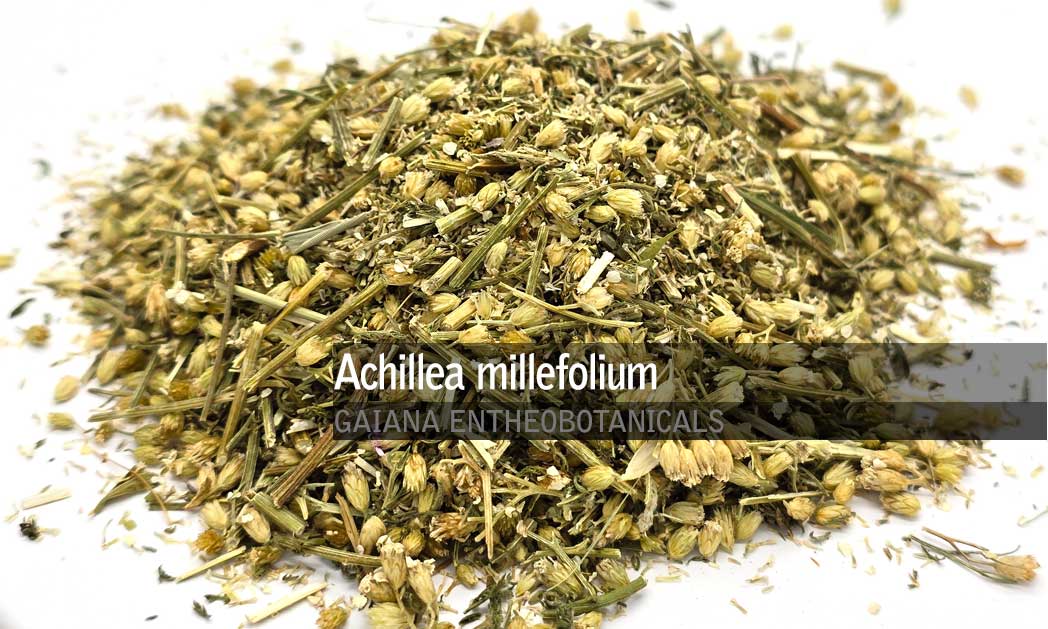
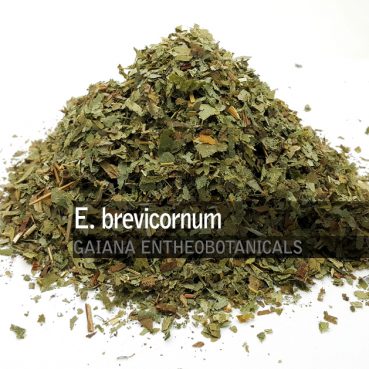
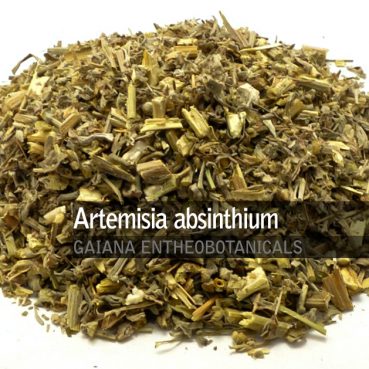
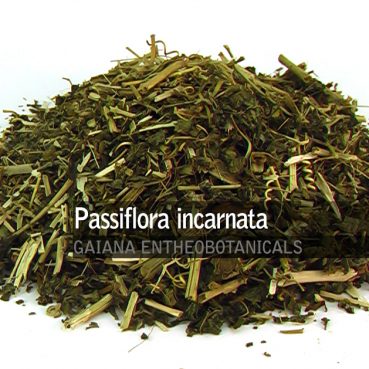






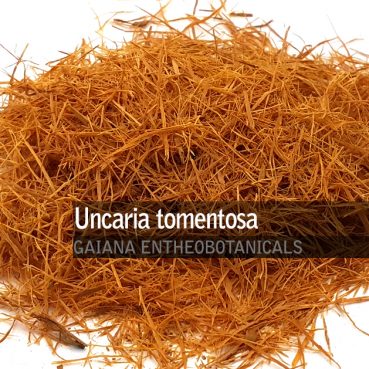


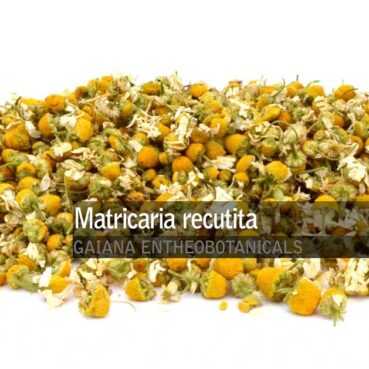
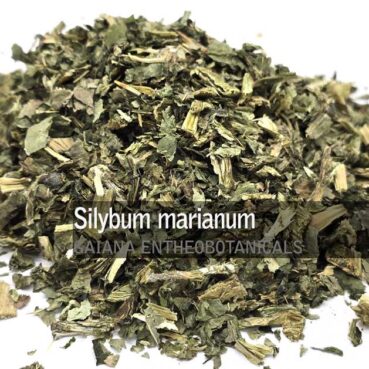
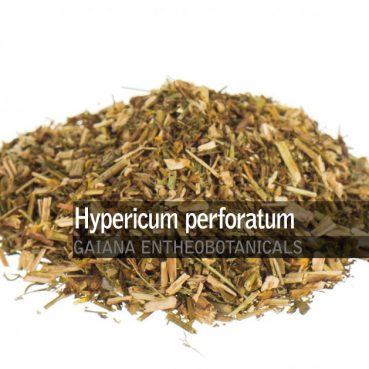
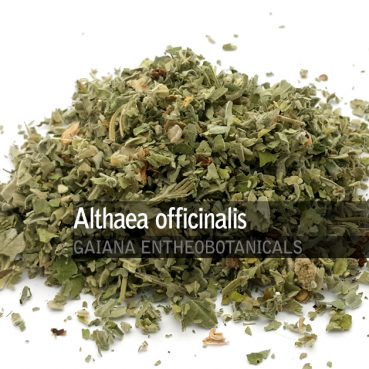
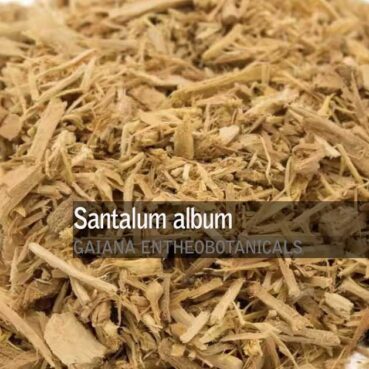

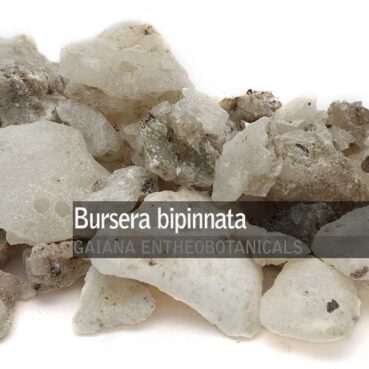
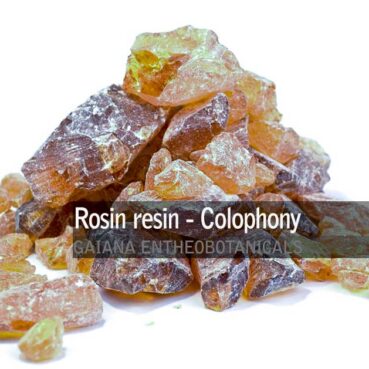
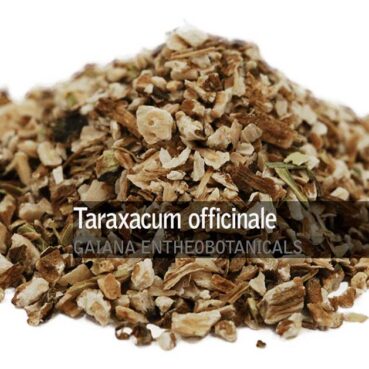
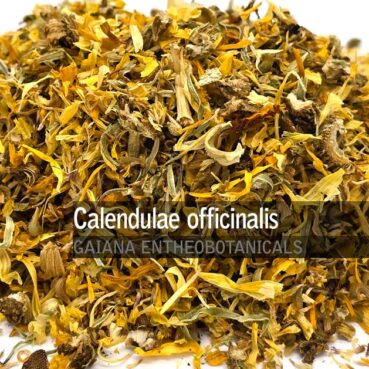

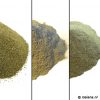 Kratom 300gr Pack
Kratom 300gr Pack Red Thai
Red Thai Hawaiian Baby Woodrose – Seeds
Hawaiian Baby Woodrose – Seeds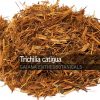 Trichilia catigua -Catuaba Bark-
Trichilia catigua -Catuaba Bark-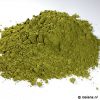 Green Malay
Green Malay
Reviews
There are no reviews yet.